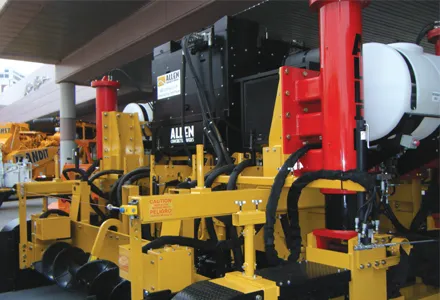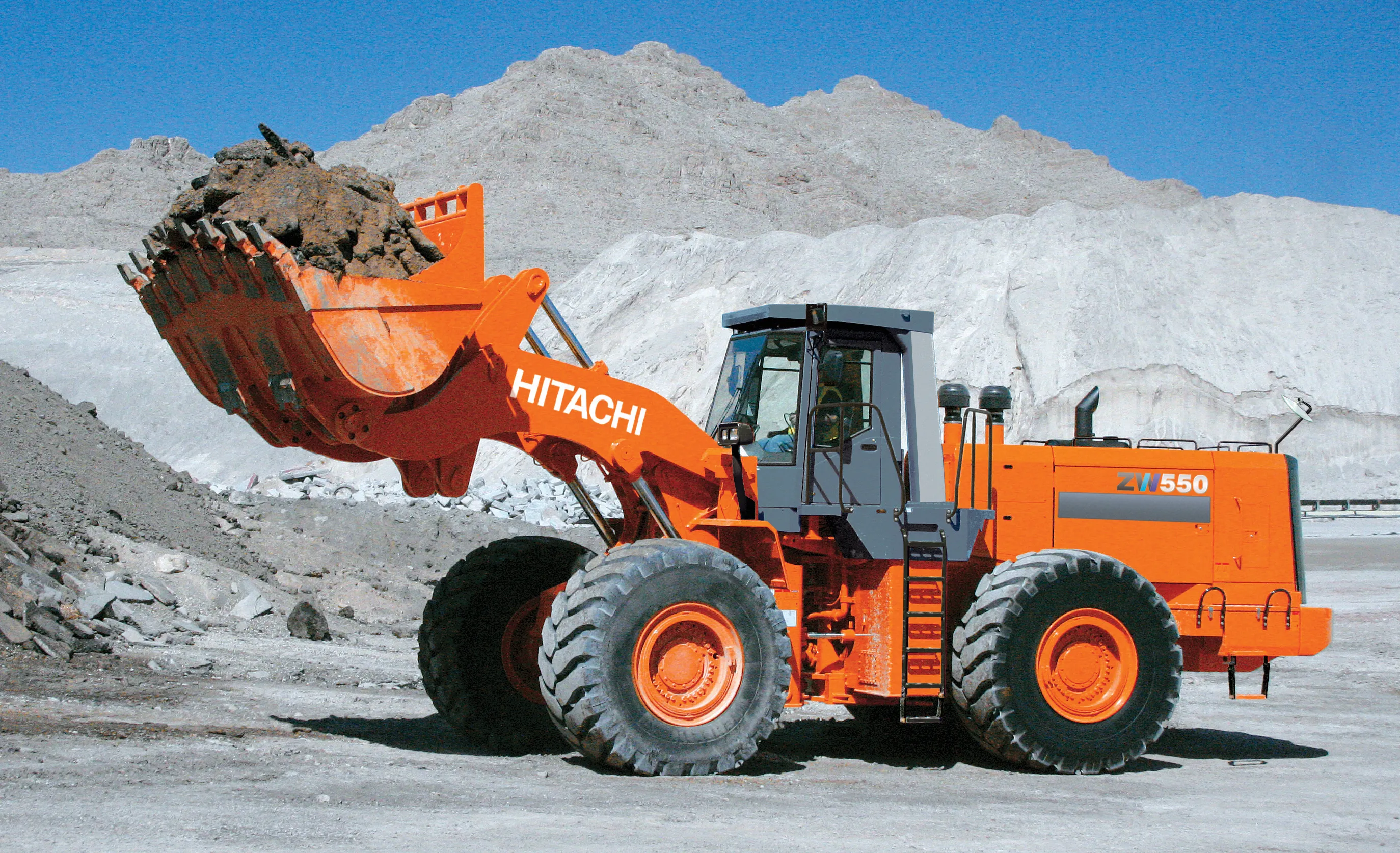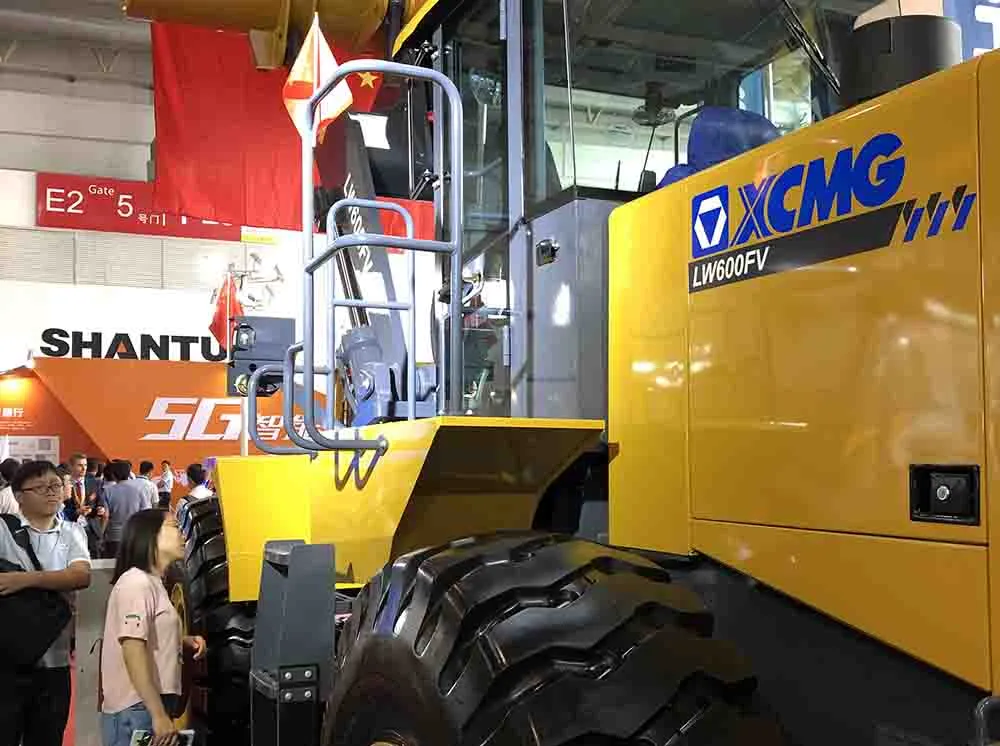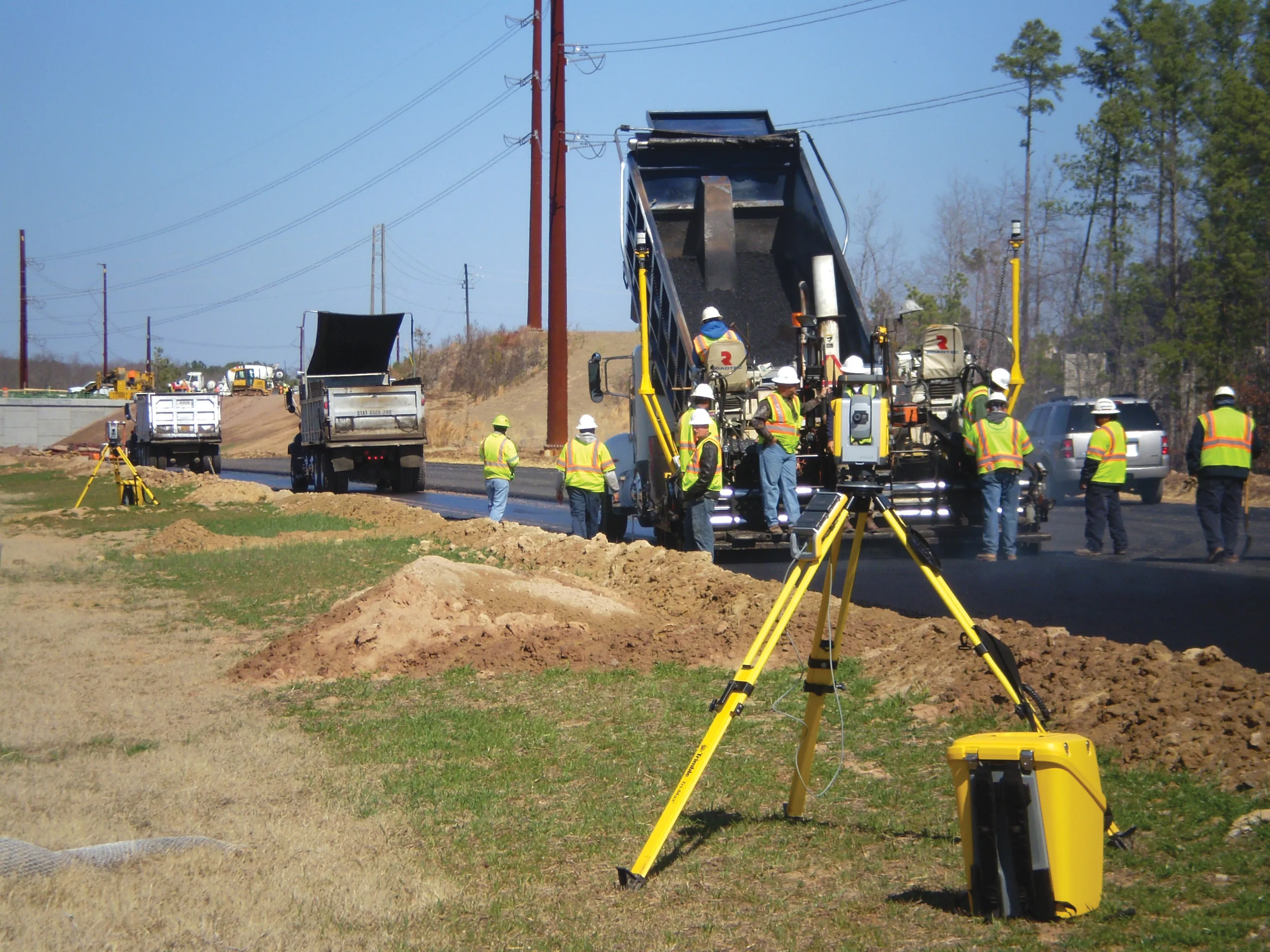The market for concrete pavers continues to fuel research and development into new models writes Mike Woof. The range and breadth of concrete slipforming and paving equipment on the market continues to grow as firms develop new and improved models. Prior to the recent CONEXPO-CON/AGG 2011 construction equipment show in Las Vegas, some of the best known manufacturers had already announced their new and improved slipforming machines. GOMACO, Guntert & Zimmermann, Power Curbers and Wirtgen all had recent or ne
February 20, 2012
Read time: 8 mins

The market for concrete pavers continues to fuel research and development into new models writes Mike Woof
The range and breadth of concrete slipforming and paving equipment on the market continues to grow as firms develop new and improved models. Prior to the recent CONEXPO-CON/AGG 2011 construction equipment show in Las Vegas, some of the best known manufacturers had already announced their new and improved slipforming machines.GOMACO's latest additions include the compact 4400 which has been aimed at barrier work contracts in the European market in particular. Mobile and versatile, the 4400 features a new frame design and can be used for right-side and left-side slipforming. The control console can be slid from one side of the machine to the other, maximising visibility of the paving operation. The machine also features GOMACO's proven G+ control system, which is said to be simple to use and has an array of language options.
Guntert & Zimmermann has moved into the competitive market for smaller machines with its S600, which shares features with the existing S850. The machine can be used to carry out narrow profile paving applications, as well as offering manoeuvrability and fast reconfiguration. The machine is designed to pave widths from 2-9m and its manoeuvrability is achieved due to its 90º steering while the machine features rollers and hydraulic clamping pucks that eliminate the need for bolted adjusted clamping plates.
From Power Curbers comes the new 5700-C-MAX variant, which features larger crawlers, all-crawler steering and a total of nine vibrator circuits. This machine is the latest development of the successful 5700 series and is able to carry out jobs requiring the pouring of large barriers up to 2.44m, paving up to 3.66m wide and other large-profile applications. The frame and leg configuration has been revised to allow the extra duties and carry the heavier mold, although the machine can be reset to a standard configuration quickly if required.
And with the launch of its revised SP15 and SP25 slipform pavers,
However, further additions to the slipforming market were announced at CONEXPO-CON/AGG 2011 as well as since the show. The newest addition to the range from
The machine features 16 vibration units while the adjustable side forms are 762mm high and allow paving depths of 0-457mm, as well as having a 406mm diameter concrete spreading auger fitted with a chain drive to each end. The machine has hydraulically controlled strike off plates that operate independently from the augers to control concrete volume to the vibrator box, as well as a hydraulically powered, split tamper bar system.
For stability the machine runs on two 3.63m long tracks, with planetary final drives coupled to twin motors for each track. The drive system allows paving speeds of up to 610mm/minute and travel speeds of up to 6m/minute. The grade control system runs with four hydraulic string line sensors, with vertical jacks and horizontal slides, while steering can be from the right or left side of the machine using string line sensors.
Weight for the machine varies from 19.5-29.4tonnes, depending on the specifications, the set-up and the frame width being used for a specific application. An array of options are available including a hydraulic side bar inserter, a manual side bar inserter, a hydraulic centre bar inserter, bolt-on urethane pads and a string line kit with stakes, rods, line rod holder brackets and tensioning winches. Using the extension kit, the machine can pave widths up to 9.75m and this includes frame inserts of 1.22m and 305mm, paving pans of 1.22m and 305mm, profile pans of 1.22m and 305mm, three hydraulic vibrators, a spreader box and augers measuring 1.22m and 305mm.
Compact slipforming equipment still finds a ready market in some sectors with Curbco having developed a new unit to meet demand. Its Form-Botic machine is said to offer a small carbon foot print and low operating costs, due to factors such as its low fuel consumption. The company claims that the machine can produce quality kerb and sidewalk products at a fraction of the operational costs of most larger machines. Versatile, mobile and easy to transport, the units offer low fluid and maintenance costs and can be used in compact sites where larger machines can be hard to manoeuvre.
From Power Pavers comes the SF-1700 model, which is designed for use in residential streets and intermediate sized projects according to the firm. Power Pavers has broadened its range and moved down the size scale with this machine and intends to target the higher volume end of the market. The SF-1700 offers a paving width of 3-6m if the optional extensions are used and runs on two tracks for stability. The machine has two speed ranges and features counter-rotation, which allow steady paving speeds, mobility for moving between jobsites and manoeuvrability for operation on curves . Paving speeds of up to 9m/min can be achieved while the machine can be tracked at up to 18m/min when being moved onsite. With the standard motors the machine offers 176mm of side clearance and the SF-1700 runs on twin heavy-duty tracks that are 3.65m long.
The Series I paving kit comes as standard with the machine, which is powered by a
The spreader system features individually-driven augers and can handle low slump concrete. To suit the paving width required for the job, the augers widen by section while the strike-off beam telescopes. The standard machine is equipped with eight vibrators although Power Pavers can fit the SF-1700 with up to 16 vibrators as an option. Vertical adjustment of the vibrators is controlled by the operator using the hydraulic power lift system, while the baffle plates between the vibrators can be removed if required. The tamper bars are staggered as this allows smoother paving according to the firm, with the speed settings controlled by the operator.
The 1.17m profile pan has a power crown for straight crown configurations and adjusts automatically for grade variations of up to 609mm during paving. Kerb mold inserts can be installed on either side of the profile pan, while 810mm high sideforms allow the machine to carry sufficient concrete to cope with deep pours. The firm says that the profile pan, tracks and sideforms adjust automatically from running with both tracks on the ground to having one or both tracks running on the adjacent slab.
Depending on specification the SF-1700 can weigh from 17.7-24.4tonnes and measures 3.2m high by 5.48m long, while it is 1.47m wider than its set paving width.
Meanwhile,
Omaha, Nebraska-based









